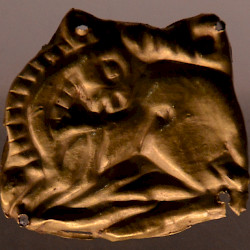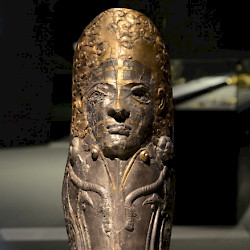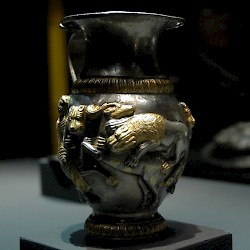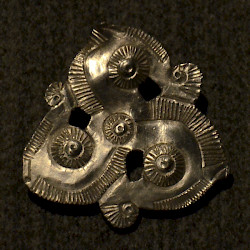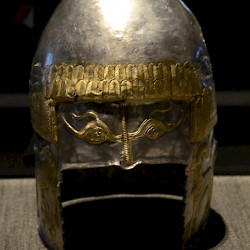Thracian Dacia
Q212853Dacia: country north of the Lower Danube, more or less identical to modern Romania. It experienced influences from the Thracians (below), Scythians, Greeks, and Celts and became a powerful kingdom, added as a province to the Roman Empire, abandoned to Germanic-speaking tribes, and part of the Avar zone of influence.
Thracian Dacia
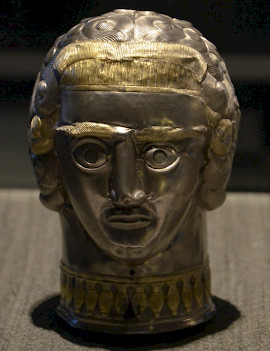
The Thracians were descendants of the first wave of Indo-European migrants, who had moved to the west from the Central Eurasian plain and had settled in the Lower Danube area in the late fourth millennium BCE. Some migrants would continue to the west and become the ancestors of the Celtic and Germanic peoples, others moved to the south and settled in what is now Bulgaria. These are the Thracians. There were four main groups, the northern one being called the Getae. They were living along the Danube.
In the first millennium BCE, the old trade networks of the Bronze Age had disappeared and the economy was less international. Tools and weapons were often made of iron, a mineral that, unlike copper and tin, could be found everywhere. It took some time to develop the necessary skills to forge steel, and when the Mediterranean world had recovered from the collapse of the Bronze Age system, the world had changed. The Getae and their northern neighbors had started to build complex fortifications with large walls ans moats (e.g., at Teleac).
International contacts

In the course of the next centuries - let's say between 750 and 500 BCE - there were increasing contacts with the Greeks, who had built cities on the shores of the Black Sea, and the Hallstatt civilization in the far west, the direct predecessor of the La Tène culture of the Celts. We will return to them below.
In the sixth century, the Scythians arrived from the northeast - we will also discuss them below - while the Achaemenid Persians subdued the Thracian tribes in the south and marched along the shores of the Black Sea to the Danube and beyond. This campaign is documented by the Greek researcher Herodotus of Halicarnassus, who offers some ethnographic information about the Getae: they venerated a god names Salmoxis and believed they were immortal.note We have no idea what this means. After all, the Getae must have known that people died, if only because they built beautiful graves for their deceased princes.
